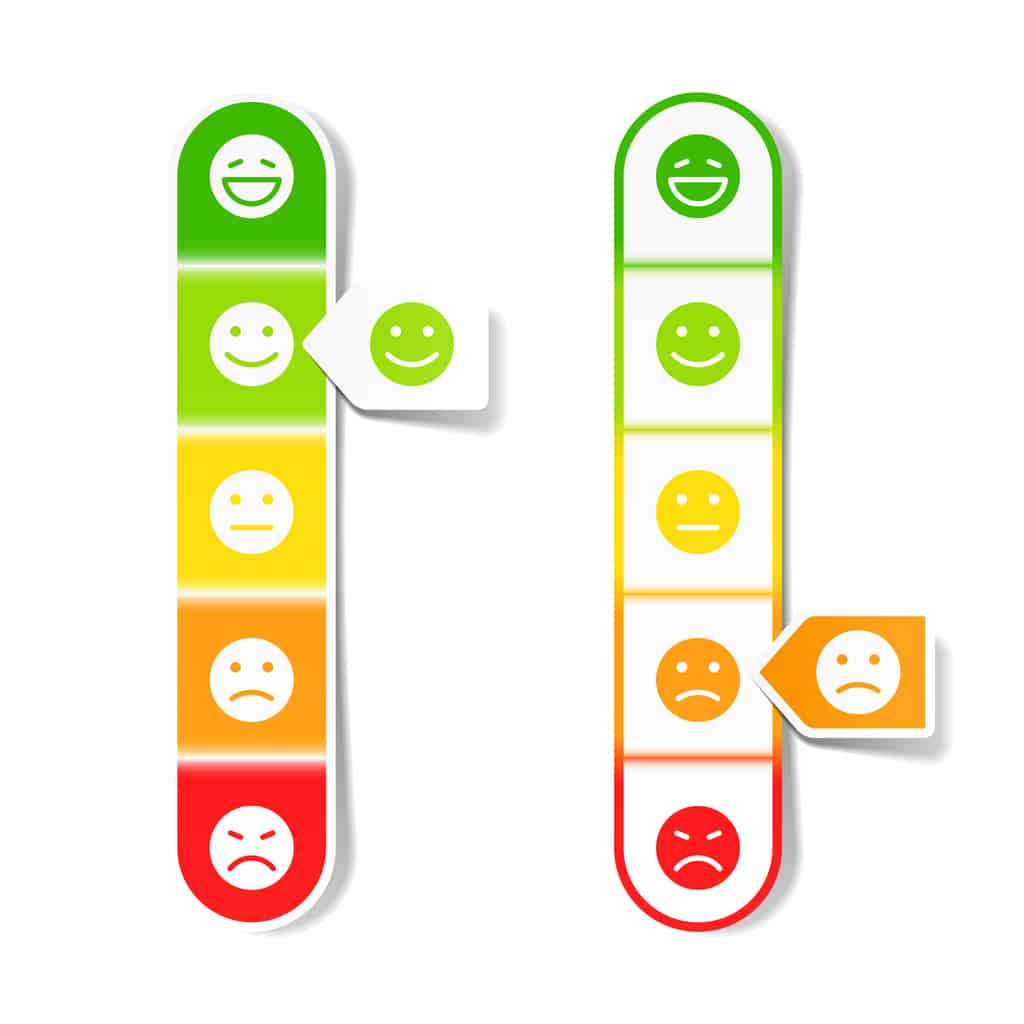Blog
Why ‘Net Promoter Scores’ are Important for Home Care Agencies

In the golden age of metrics, there’s another interesting tool that can help your agency collect important data insights: the “Net Promoter Score”, or NPS for short. If you haven’t heard of it already, NPS is a way virtually any company can measure its customer experience. By measuring that experience, it’s then possible to understand customer loyalty – and from that, predict how a business might grow.
NPS flows from that question most of us see when buying things online: How likely is it that you would recommend [insert company] to a friend or colleague? Once you assemble enough responses from customers, the math behind calculating one’s NPS is straightforward.
That italicized question above presents in the form of a 0-10 rating scale (10 being the best possible score). Once you have assembled enough customer rankings, you may deploy the NPS system.
- “Promoters” are customers that rate you 9 or 10.
- “Passives” rate you 7 or 8.
- “Detractors” rate you anywhere 0-6.
To calculate NPS, take the percentage of promoters and subtract the percentage of detractors.
% of Promoters – % of Detractors = NPS
The best score attainable is a +100. (The worst is -100…but let’s not talk about that.) According to global data from SurveyMonkey, the average NPS score is +32 and top-tier performers are those who climb above +72.
Okay, calculators down: what’s this really all about?
What does an NPS “promoter” or “detractor” actually mean?
Generally speaking, promoters are those clients who are deeply loyal to you. They have likely had an exceptional experience and will actively promote your company to others. They will defend you against critics, and are more likely to be forgive any issues that arise.

Detractors, conversely, dislike your company or brand at the moment of survey. They may have had a negative experience with you or have a generally negative impression of you. These clients (or former/potential clients) are unfortunately nearly twice as likely to share a bad experience than a promoter is to share a good one – another reminder why it’s important to address concerns and acknowledge any mistakes quickly and transparently.
Passive customers fall somewhere in the middle. They aren’t ready to sing your praises, but they’re not willing to throw you under the bus either (yet). They may seem like an insignificant cohort, but it actually means there is still work to do to boost satisfaction with your services.
Keep in mind that you shouldn’t compare your score to companies from other industries, since client service expectations can vary a lot from one industry to another.
NPS in home care
When it comes to the business of home care, NPS can serve as a benchmark of success. It may be particularly enlightening for agencies looking to scale or sell in the near-future – a mirror to see if the house is in order.
More than that, it can also reveal how satisfied clients really are, and the perceived quality of care provided by nurses, PSWs and HHAs. On the flip side, it can deliver a bird’s eye glimpse of how employees are feeling (How likely is it that you would recommend [insert company] as a satisfying place to work?) so that an agency can better manage the nagging issue of churn.
NPS is best used as a roadmap to detail if an agency is improving in key areas over time. It’s a simplified version of the serious analytics you can get into with key performance indicators.) The NPS score is easy to implement and monitor over time. Agencies who use it well are those that seek greater feedback about why clients rank a certain way, and actively make business decisions to address problems and reward those departments and employees who routinely get high grades.
If you’ve never approached your clients for official NPS feedback before, it’s not hard to start. Be sure your clients have been with you for some time before you ask for their opinions, so that they can offer a complete and honest report. And don’t just ask for their thoughts once. Regular touch-points – quarterly, yearly, whatever makes sense for your business – are important not only to let your clients know you care about what they have to say, but to keep the lines of communication open in general. Opinions can change on a dime – and you want to keep the current pulse of what people think about you.
With feedback collected, it’s time to disseminate it across your team and identify areas that are doing well – and not as well. And then, make a plan for change where needed. This is your opportunity to engage with clients, benchmark changes over time… the list goes on.
NPS at AlayaCare
We’re writing about NPS because at AlayaCare, we’ve found it helpful. By periodically asking our clients to rank us on that 0-10 scale, we begin to see the forest for the trees – ensuring the technology we labor away on is hitting the right notes with agencies.
Net Promoter Scores help us set goals, measure if we are reaching them, and identify trends that make content, successful clients. It’s one way we steer the company’s decisions and product line toward ongoing customer satisfaction and need. Internally, we also have an employee NPS that does the same for our staff – an internal audit of sorts so we remain a place people want to work.
From care organizations to software developers and beyond, the NPS can help plenty of different departments prioritize what works and what resonates with clients, from product or service improvements to sales and marketing, client success, leadership teams – and more.
Now…. How likely is it that you would recommend this article to your friends or colleagues?



